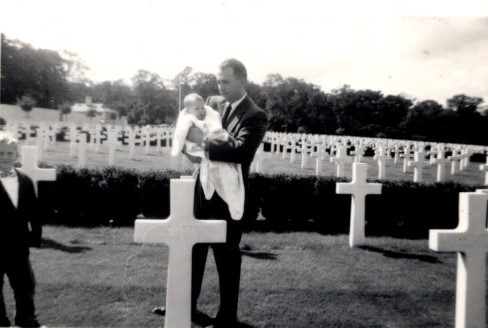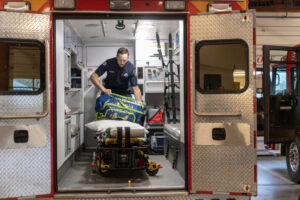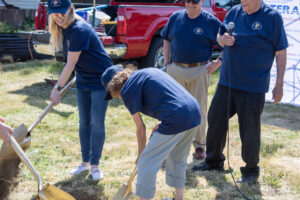Her father and uncle both served as bomber pilots during World War II, but war stories were not common during Christina Maree Reynolds Price’s childhood.
“My dad really didn’t talk about his experiences in the war,” Reynolds Price said of her late father, Lt. Col. John Robert Reynolds, a 1942 Camas High School graduate who had been training to fly B-29s in the Pacific during WWII when his older brother, Arthur Joseph Reynolds — then a 24-year-old U.S. Army Air Force bomber pilot flying combat missions over Europe with the 482nd bomb group — was killed on Nov. 10, 1943, in a horrific crash that claimed the lives of all 13 airmen inside the plane, plus four civilians and a horse on the ground.





